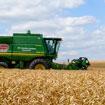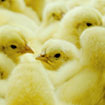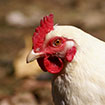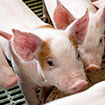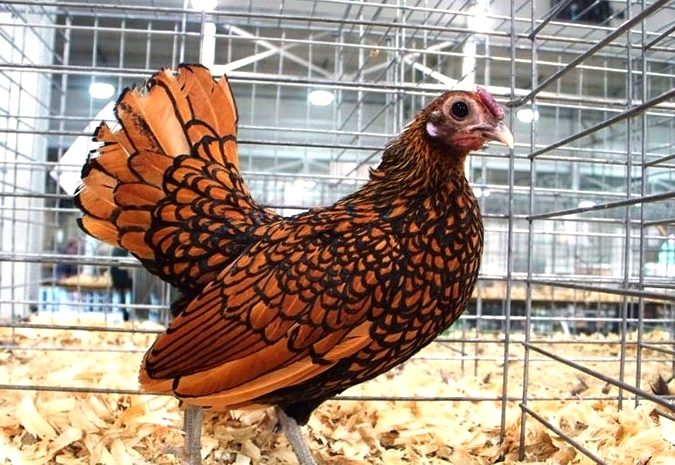
Origin and evolution of chickens
There is no direct evidence of the exact time of origin and domestication of chickens science. Therefore, this time is approximately determined on the basis of material culture. In Neolithic farms, as soon as agriculture emerged, land began to be cultivated and it is assumed that animals, including chickens, began to be domesticated. Homeland poultry is Southeast Asia. There are common chickens of the species Gallus, a family of pheasants. Hens differed from pheasants by the presence of a crest. There are 4 breeds in nature, from which our modern chickens can potentially come. The most similar in a number of ways is the species of red jungle chickens (bank). These are forest chickens that live in shrubs and places where bamboo grows. They feed on grains, fruits, insects and worms. They fly on trees, but make nests on the ground and lay from 4 to 13 eggs. The weight of these representatives ranges from 500 to 750 gr., Males – 900-1250 gr. Plumage is diverse – red, gold in combination with black stripes. They have red crests, ear lobes – red or white.
Gray jungle chickens live only in South India. They have silvery-white plumage. These chickens are easily domesticated and are able to breed in captivity. Representatives have a peculiar structure of feathers, they have enamel-like plaques of white or yellowish color. This structure of feathers is not found in any representative of chickens.
The third type of chickens is common in Ceylon. They do not have the herd feeling typical of bank chickens. They live in pairs, which is not a characteristic feature of other species. Nests are built on trees.
The latter species lives on Fr. Java and the territories close to it. They are lightweight and look small. They have long tails and no paired lobes, but only one in the middle of the throat. Despite the high fertility, this species is not a direct relative of domestic.
Sincerely, Agrotechnika Ltd.

